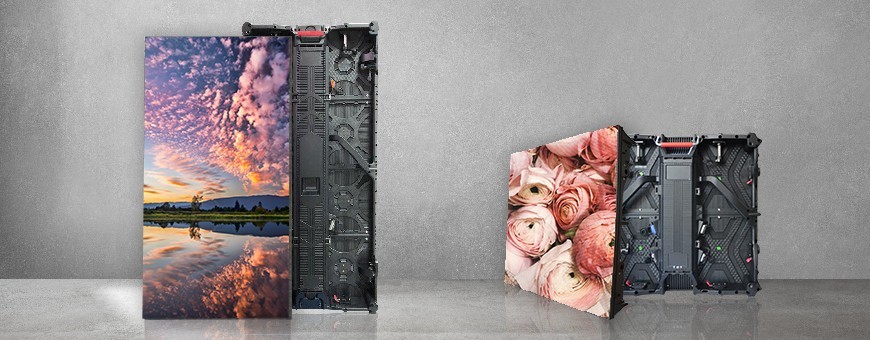Enhancing Aesthetic Effect Through Tactical Content Timing in LED Display Performance
Wiki Article
Maximizing visual effect during LED wall performances demands careful planning and strategic content scheduling. LED walls are powerful tools for visual storytelling, frequently used during concerts, gatherings, plus displays. The efficacy of these screens relies not only just upon the caliber of the images yet additionally on the manner plus timing they are shown. By understanding the audience's focus duration plus the rhythm of the event, organizers can create a more captivating encounter that enthralls viewers plus improves the total show.
One key aspect of strategic visual scheduling is scheduling. It is essential to synchronize the images with the rhythm and tempo of the show. For instance, in the course of a musical show, images should complement the rhythm and mood of the music. This alignment helps to create a unified experience that pulls the audience closer. Additionally, it is important to take into account the length of each visual clip. Short, striking segments can sustain viewer interest, while extended visuals may be suitable for moments of contemplation or emotional connection. By altering the duration and intensity of the visuals, organizers can maintain the audience interested during the show.

Another important factor is the material itself. The visuals displayed on the light-emitting diode wall should be pertinent to the concept of the show. This relevance aids to strengthen the narrative being conveyed and renders the experience more memorable for the audience. For example, if the performance is about environmental awareness, using visuals that depict the environment and animals can enhance the message. Furthermore, adding lively features, such as animations or engaging graphics, can introduce thrill and keep the viewers' attention. The right content, presented at the right moment, can significantly elevate the effect of the performance.
Audience engagement is also a key factor in content timing. Understanding the characteristics and tastes of the viewers can inform the selection of images. For instance, a youthful crowd may react better to bright hues and quick motion graphics, while an mature crowd might value more nuanced and refined images. By customizing the material to the viewers' preferences, event planners can create a more tailored encounter that connects with spectators. Additionally, adding viewer involvement, such as real-time surveys or media engagements, can further enhance involvement and render the show more engaging.
Finally, evaluating the effectiveness of the content timing is crucial for future performances. Collecting responses from the viewers can read here offer valuable information into what was effective successfully and what could be improved. This information can help organizers refine their strategies and take knowledgeable choices for future performances. By constantly assessing and adapting the content scheduling strategy, event planners can amplify the visual impact of light-emitting diode screen shows plus craft memorable encounters for their viewers.